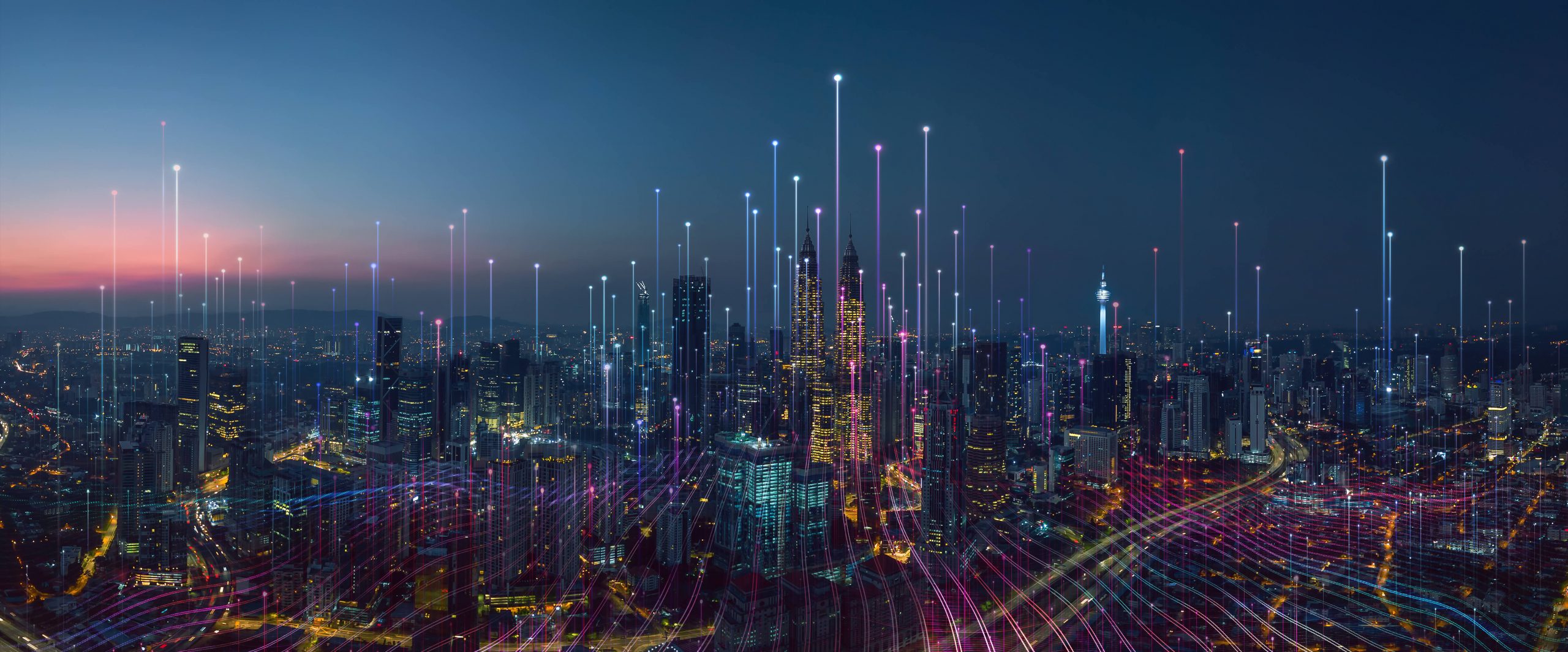
Cities, SI Urban 2/2020
Mobility as a service
The key phrase in transport of the future will indeed be “mobility as a service”. Today, this view is sometimes already represented not only by passengers but also by providers. Whereas people only a generation ago would have made an effort to get to their desired destination, convenience, punctuality and speed are today’s key guiding principles. There is an increasing focus on digitally interconnected urban mobility, and highly complex software solutions are regarded as a core competence of mobility service providers. As a result of this trend, the state of the art increasingly lies in bespoke transport services that have a combination proposed individually by the user and that can be booked centrally. In the near future, experts are convinced that previous models of movement will be a thing of the past. The younger generation as well as more and more environmentally conscious transport users particularly in the urban setting find the concept of “travelling alone in your own car” no longer in keeping with the times.
Back to local public transport
When it comes to environmental resources, local and long-distance public transport remain unbeaten even today. The new understanding of mobility as a service is crucial. Owning a car of your own is no longer a necessary status symbol and growing expansion of the public transport network means that access is no longer an obstacle to managing without a car. The central factor is now the individual route taken.
With the use of multimodal transport services, i.e. the use of several modes of transport, this is increasingly relevant.
Intermodal passenger transport combines these modes in such a way that passengers are able to reach their destination both conveniently and quickly.
Use of data
Data are already being used in transport, navigating transport users on routes that not only offer simply the shortest distance but that also take into account the current volume of traffic. With an appropriate data basis, machine learning (artificial intelligence) makes it possible to identify the risk of congestion at an early stage. A transport operator can therefore take appropriate countermeasures and thus maintain the traffic flow even before the actual delay occurs. This saves not only the nerves and time of transport users but also a lot of money. In Germany alone, annual congestion costs amount to € 1,770 for every motorist.
It is not only passengers who are benefiting from the mobility revolution facilitated by big data; by evaluating large volumes of data, cities and transport planners can examine different scenarios for restructuring of the transport network and the effects of this on passenger provision and costs.
By analysing timetables and punctuality records, further valuable knowledge can be acquired for optimal restructuring of the route network. In addition, actions that are needed in order to guarantee efficient passenger transport can be taken at an early stage. With appropriate models, for example, planners are able to determine the expected material fatigue of the individual modes of transport and to make future investments on that basis.
New applications for big data are being found increasingly quickly, with the aim of offering the best possible service for passengers and operators.







